CBC:
Last week, the Toronto Transit Commission announced a 10 cent fare hike — raising single cash fares to $3.35 — while also reducing services to address a $366 million budget shortfall. It’s another hit to consumers like Fairchild, who are already paying higher cost-of-living expenses due to inflation.
Public transit systems across Canada are grappling with revenue shortfalls due to the COVID-19 pandemic and, in many cases, reduced ridership has been slower to rebound than anticipated.
But experts say solutions such as hiking fares while reducing service — particularly as living costs rise — is a “Catch-22” that could alienate old and new riders, creating the potential for continuous financial problems and cuts.

“Experts,” can be made to say anything you want. After all, Doc Oz, this insane guy who the Republicans ran and lost with just recently, is a medical doctor. Whatever quack weight loss garbage he pushes can be accurately described as blessed with the expertise of at least one medical professional, or “expert.”
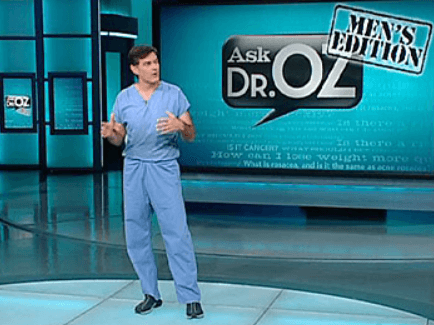
Why is he wearing scrubs here?
When it comes time to shill for infinite money to be stolen from you and given to totally unnecessary bus routes, or empty subway lines, a cavalcade of “experts,” are here to give you their uninformed theories about how cutting back service will lead to a “vicious spiral,” of other people not using public transit, which will lead to even more cutbacks, which will lead to even more people not using public transit and so on and so forth, until no one rides public transit. This idea will be used to argue that can’t cut some routes that no one was taking anyway, since then literally no one will use public transit. There is of course, no reason to actually believe this.
Shauna Brail, an associate professor at the University of Toronto’s Institute for Management and Innovation, says the TTC’s fare increase and service cuts will hit the well-being and pockets of low-income riders dealing with inflation and the soaring costs of living the hardest.

Shauna Brail
Let’s see what else Shauna has said.

She seems trustworthy.
“It’s not a bad thing necessarily to raise fares if that results in improvement, but the way the fares are being raised is not so much for improvement — it’s not even to maintain the level we have. It’s for survival,” Brail says.
“If you couple the increased cost with the decreased service levels, it’s certainly not going to help in terms of attracting ridership.”
And?
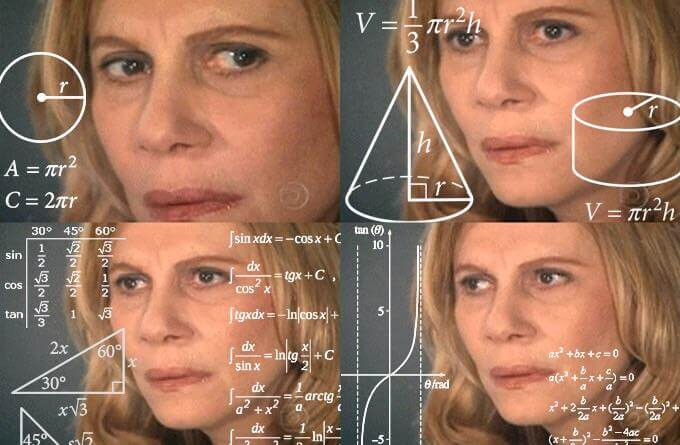
You have to understand that these people have this snuck-in premise that people taking public transit is good in and of itself. Therefore, literally anything you do that might ever so slightly cut back ridership, like removing extremely uneconomical routes that almost no one uses, is a transit lampshadocaust and unforgivable. No, the taxpayer’s wallet is not a pressing concern.
As of November, the TTC’s ridership levels were just under 70 per cent of its pre-pandemic levels.
In other words, we have a greater than 30% decline in ridership. Keep in mind that this is November, 2022, and there is little reason to expect that this is in any way related to Covid-19 restrictions, at least not directly. That’s not the 75% reduction in BART traffic in San Francisco, but it’s still terrible. We should anticipate it’s for the same reasons, soft on crime (of colour) policies, pro drug addiction policies, and people realizing that working from home is too good to give up. Especially when your commute to work is so horrific.
Cherise Burda, executive director of Toronto Metropolitan University’s City Building research initiative, says experience and research indicate that more reliable and rapid service is what will increase ridership and turn public transit’s “death spiral” into an “upward, virtuous spiral.”
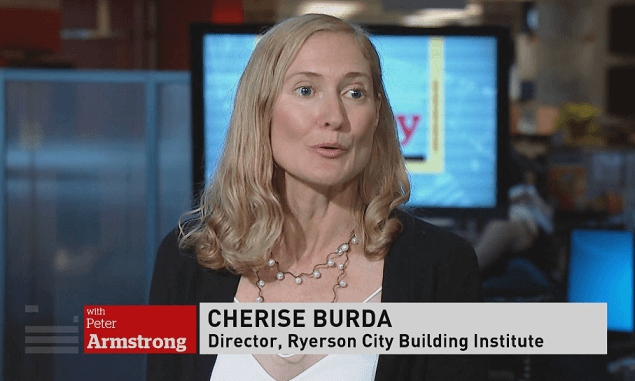
There are no spirals. I’ll cover this in my upcoming piece on “induced demand,” hopefully out later today.
But better service and attracting new ridership may look different coming out of a pandemic. Burda notes that travel habits have changed significantly in recent years, such as workers returning to offices for only a portion of the workweek.
But she says ridership for non-work travel is back to around pre-pandemic levels, indicating people are using the TTC for other reasons like shopping, entertainment, sporting events or recreational activities.

Sorry honey, I’m going to need a source for that claim. You can’t tell me that greater than 30% of ridership has declined, and yet all of the decline is from people not going to work. I presume this is so they can blame peasants working from home, and not transit being full of criminals.
Later, we’ll see that the majority of commuters cite crime rates as their deterrent from using public transit, which would lead one to believe that people who go downtown for tourist reasons would be the first to cut bait and run.
Toronto’s transit system is not the only one in Canada struggling with a deficit.
In November, the Montreal Transit Corp. estimated $77.7 million in losses in 2023 and warned they could lead to service cuts. As a result, the agency announced earlier this month it was scrapping a 10-minute maximum wait program for its busiest bus lines.
The organization says it expects ridership to be about 70 to 80 per cent of its pre-pandemic levels this year. No rate hikes are in the works, but last July fares were streamlined depending on where people live.
Calgary Transit, meanwhile, is estimating a $64 million revenue shortfall this year, though its ridership rebound has been higher than expected and as a result the city froze fares at 2022 levels.
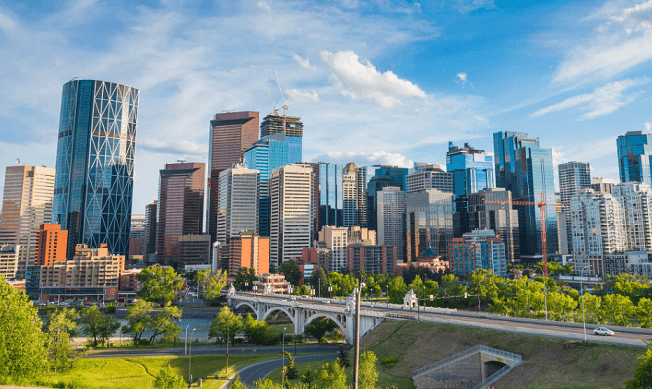
Calgary, Alberta
It is understandable that ridership would be down in all these areas in 2020, and even 2021. It is not understandable that ridership would be down in 2022, other than the aforementioned factors. People should be happily flocking back to the cities to enjoy a glut of activities that they’ve been prevented from doing for years. But they’re not, because these cities are garbage.
One solution to transit systems’ financial problems, Brail says, is seeking commitments from higher levels of government to provide stable funding that could allow agencies to rely less on fare revenue.
In Vancouver, transit fares increased by an average of 2.3 per cent last July under an agreement with the provincial government to limit price hikes.
Translink, which operates Metro Vancouver’s public transportation system, agreed in 2020 to cap fare increases at that level until 2024 after securing federal funding to get them through a pandemic-related revenue crunch.
But no matter who foots the bill for the shortfalls, Burda says cities and transit agencies should be focusing on how to build future ridership.
Yes, your taxdollars go to subsidize these urbanite bugcreatures favourite method of transportation, shoving everyone into the moving box with the drug addicts of colour. This is odd, because I have been informed time and time again that cities subsidize suburbia.
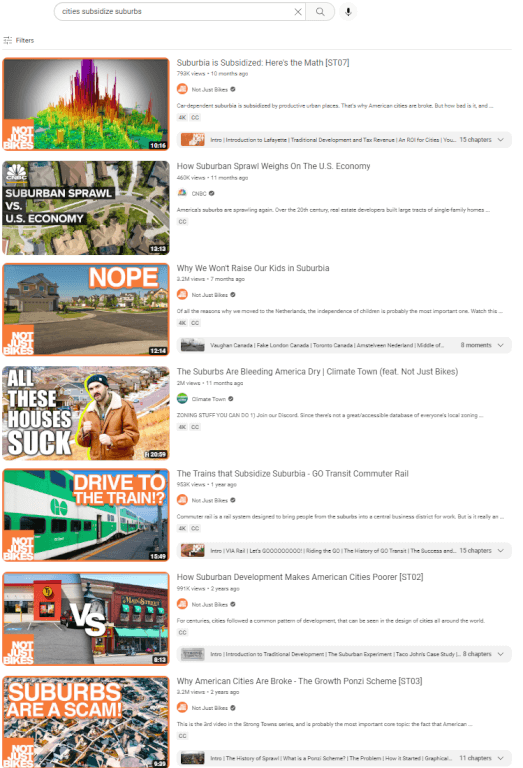
Subsidies for public transit are subsidies for urbanites. Don’t let anyone tell you otherwise.
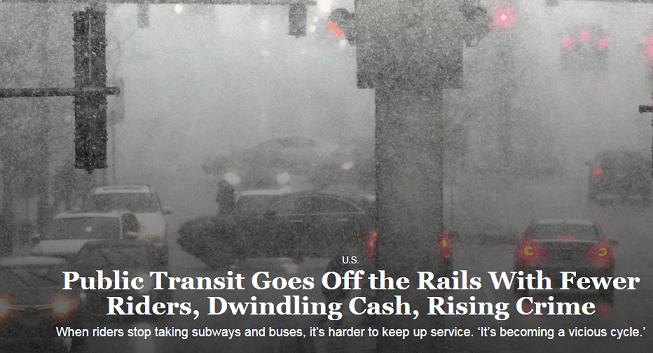
But it’s not just a Canada-specific problem. I mentioned San Francisco earlier, with 75% decrease in subway ridership, but every major US city is having the same problem. Then they bring in the “experts,” to trot out the same tired garbage about “vicious cycles.”
The Wall Street Journal article is behind a paywall, but I found this site which quotes from most of it.
BagWithHoles Quoting Wall Street Journal:
Several of the nation’s largest urban mass-transit systems are at a crossroads, with ridership still depressed three years into the pandemic and federal aid running out.
While offices have largely reopened and travel has resumed, many commuters are only coming in a few days a week. That shift has left subways, buses and commuter trains operating at well below capacity—particularly on Mondays and Fridays.
The ridership shortfall is forcing transit authorities to question their decades-old funding models for public buses, subways and trains, which are based on a combination of rider fares and public money. On average, fares provided about a third of the operating income for transit systems nationwide in 2019, according to the Federal Transit Administration.
In other words, the people using public transit, on average, provide a third of the funding. You provide the rest, and that doesn’t account for the increased policing required, although some cities appear to be skipping on that particular expense.
Good thing there are no negative externalities to crime and drug use.
In major cities such as New York and San Francisco, transit authorities have been leaning on emergency funding to plug budget holes and prop up operations. In all, Congress approved about $69 billion in three separate Covid-19 relief packages in 2020 and 2021.
But those funds are dwindling, leaving transit officials grappling with budget shortfalls and seeking new ways to fund existing service.
The ridership drop also has fueled an increase in transit crime, which in turn has pushed away more riders.

No, changes in policing policy have lead to more transit crime. At least they acknowledge that crime is a huge deterrent to taking public transit.
“The more you lose a ridership base, the more difficult it becomes to maintain a level of service that people are used to,” said P.S. Sriraj, director of the Urban Transportation Center at the University of Illinois, Chicago. “It’s becoming a vicious cycle.”

Please stop using that term. There is an elasticity of demand for public transportation. There is zero reason to suspect that it is 1 with respect to frequency of bus trips.
In New York City, the Metropolitan Transportation Authority has disclosed plans to cut some Monday and Friday service and increase rider fares this year.
In New York, more riders are skipping fares due to economic hardship and attitudes that changed during the pandemic, MTA officials say, resulting in an estimated $550 million a year in lost revenue.
Attitudes that changed during the pandemic are what causes the Fare-Skipper-Americans to not pay when using the subway. What sort of attitudes? Is it possible that there is some other reason why they’re not paying? Could it possibly be that you’ve instilled a culture of extreme entitlement in these people, and stopped punishing them for skipping fares?
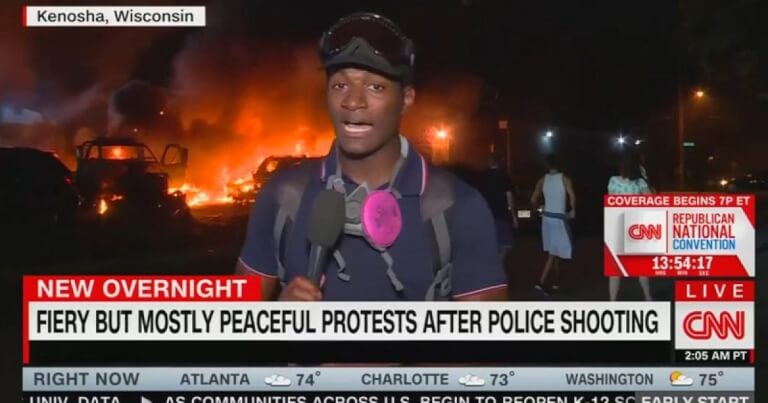
No, it definitely couldn’t be that.
In a consumer survey conducted by New York’s Metropolitan Transportation Authority this spring, roughly 60% of subway riders said they are riding less due to safety concerns. Major transit crimes were up 30% last year compared with 2021, according to police.

Finally, at the very bottom of the piece, at least the quoted part, they go and ask the peasants why they aren’t taking public transit. More than half of the people outright said that they are riding less because they’re afraid of violent crime, and this is backed up by the clear and undeniable increase in crime. Despite drastically fewer people using public transit, the transit crime numbers are still up 30%.
They don’t give us the number for fewer transit riders, and I think that 75% reduced ridership is extreme, with San Francisco being an outlier. But if we assume even something like 35% average reduced ridership, that works out to twice the crime rate. Even that’s misleading, since many crimes go unreported, and presumably we’d have an increase in unreported crimes post-Fentanyl Floyd.

I’ve said that the dominant factor in walkability, bikeability, and public transit is crime. You know who else thinks that? Everyone who is normal. People will tell you that they don’t take public transit because they don’t want to be the victims of crime. Then the Traffic Trannies will tell you that the problem is that we haven’t made life unpleasant enough to people who drive.
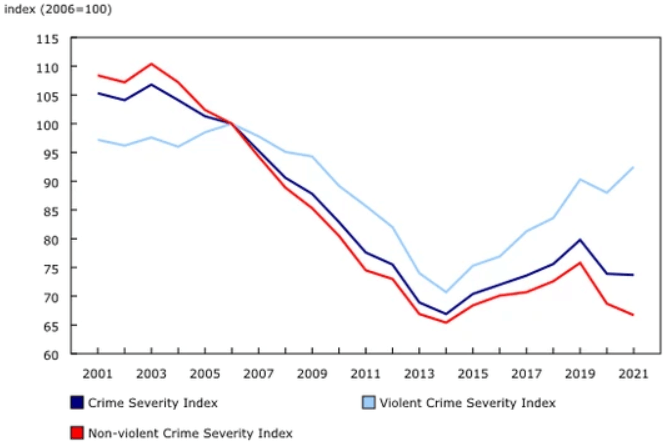
Canada violent crime numbers.
It is not an accident that as the US is experiencing such a huge increase in murder rates that the FBI shuts down their data collection – and Canada is hitting the highest murder rates in 15 years – that fewer people are using public transit. It is not a surprise that as soft on coloured criminals policies get pushed in these areas, that fewer people use public transit. And remember, this is during a time when transit to urban centers should be booming as it rebounds after suppressed transit during Covid-19.
If these antifa cunts were actually serious about getting more people to use public transit, or walk and bike places, they would be demanding a reversal of the disastrous policies that have systematically lead to massive increases in crime, and corresponding massive decreases in public transit use, or even people visiting the downtown areas of these cities. But they’re not serious about that, they’re anti-Whites and perverts who made hating cars a big part of their personal identities. It’s not about public transit, it’s about fuck you.
I don’t ever want to hear any shit about how we can’t make things good for drivers, because then they’ll “steal” commuters from transit which will lead to “muh vicious cycle,” when these very same people do not give a fuck about people refusing to take transit due to the pro-crime policies that they support. It’s preposterous to think that there is a “vicious cycle,” when removing uneconomical transit routes, but not a “vicious cycle,” when people stop using transit due to them being the victims of crime. Fuck these people.

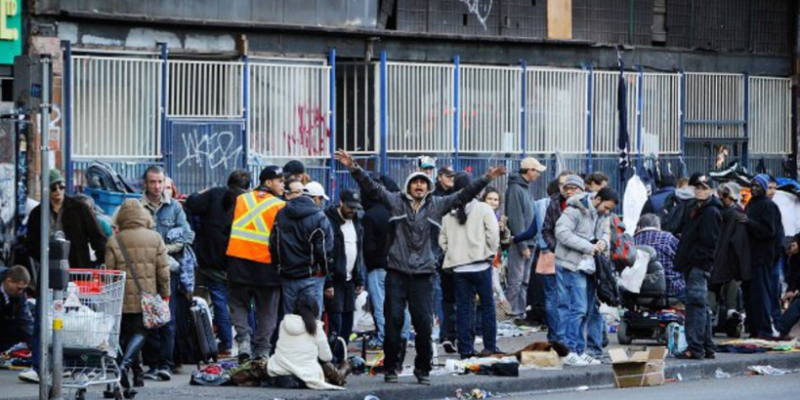

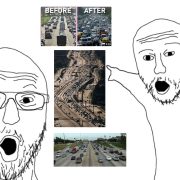
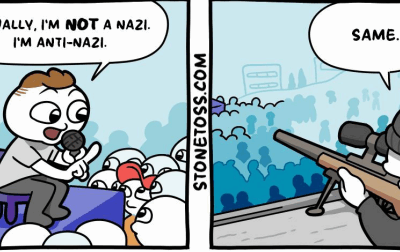



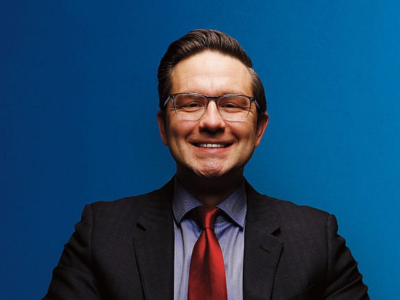





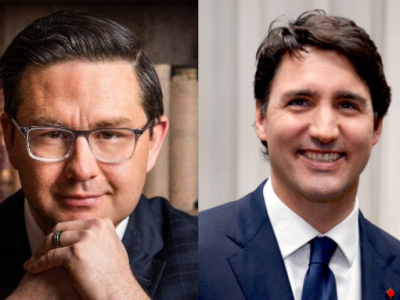

[…] Public Transit Down Massively in Canada/America Mostly Due to Crime, According to Actual Transiters […]
Along with the criminals, don’t forget the mentally ill, the welfare recipients, the smelly homeless/hobos, the young criminal wannabes, the low IQ orcs, and the other anti-social elements low-cost transit attracts.
Anecdote: One time, I got on the bus at UBC with my family. The bus was crowded, and it was standing room only. A few stops later a poc gets on, and starts barking like a dog. I thought it was a joke at first. Nope, dude was barking and growling like a dog. Maneuvered my family through the passengers and away from the freak, and kept a watch on the guy. Nothing bad happened, but JFC not a relaxing ride. Lots of other anecdotes like this one. Glad not to be in Van anymore.
[…] rates all over North America, to the point where public transit is down 30% because people are afraid of being victims of […]